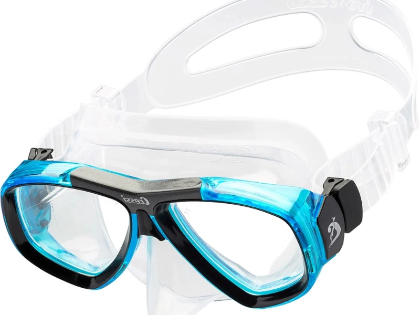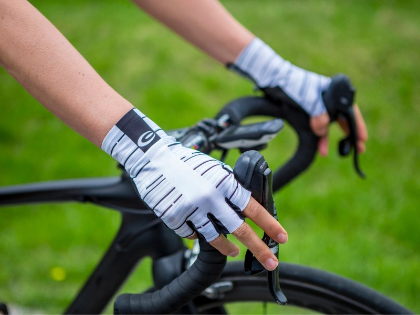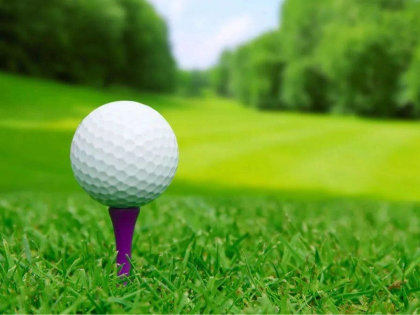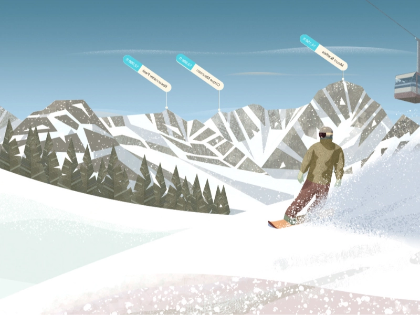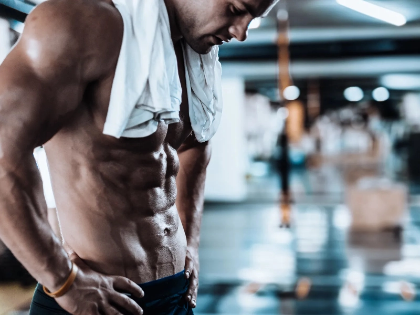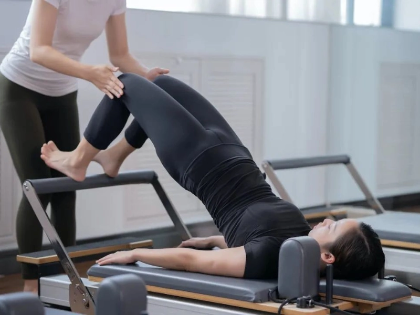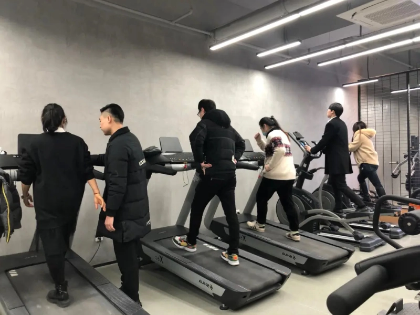Saddle Selection: Finding The Perfect Fit For You And Your Horse
Your horse's comfort and performance may be much enhanced by the saddle you decide upon. Spending some time ensuring the saddle fits the rider and the horse properly is a smart idea. To ascertain saddle size, the tack store should be able to gauge the distance between your sit bones—ischial tuberosity. Trying riding in several kinds of saddles can also enable you to evaluate their feel.
dimension
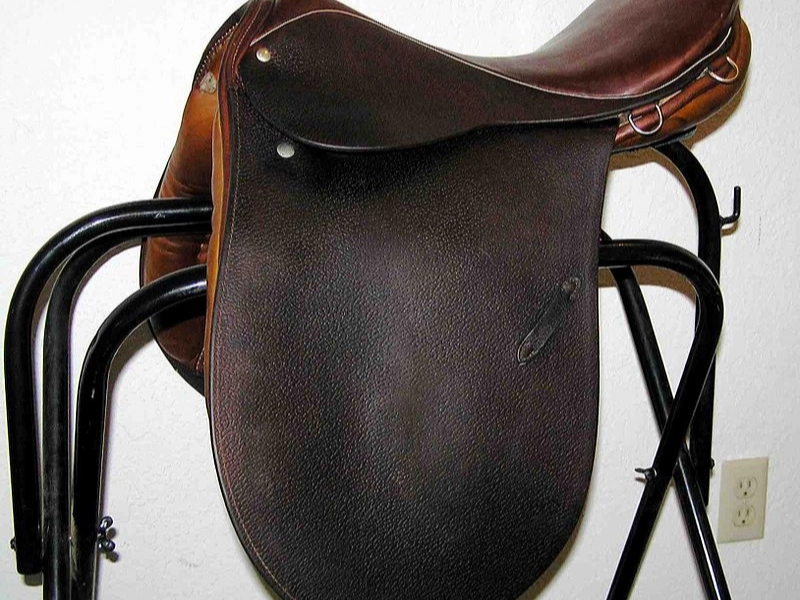
Turn
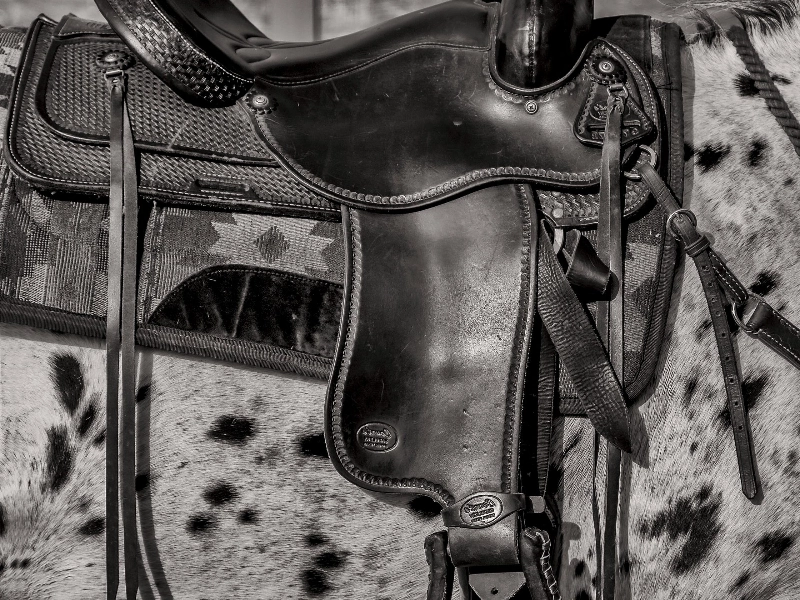 The fit of a rider may depend critically on the twist of a saddle. A saddle too thin may force the rider's pelvis to slant forward into a "chair seat," which would induce pain in the groin and inner thigh.
Saddles are made with men's or women's particular pelvic bone spacing in mind as, on average, the male and female pelvis have distinct widths at their ischial tuberosities, sit bones. This does not always apply, though, for individual riders since pelvic bones vary greatly in width and placement.
Placing your fingers sideways between the top of the saddle tree and the horse's shoulder will help you to evaluate the width of a saddle. The saddle is too narrow if you cannot get a finger in.
The fit of a rider may depend critically on the twist of a saddle. A saddle too thin may force the rider's pelvis to slant forward into a "chair seat," which would induce pain in the groin and inner thigh.
Saddles are made with men's or women's particular pelvic bone spacing in mind as, on average, the male and female pelvis have distinct widths at their ischial tuberosities, sit bones. This does not always apply, though, for individual riders since pelvic bones vary greatly in width and placement.
Placing your fingers sideways between the top of the saddle tree and the horse's shoulder will help you to evaluate the width of a saddle. The saddle is too narrow if you cannot get a finger in.
Structure
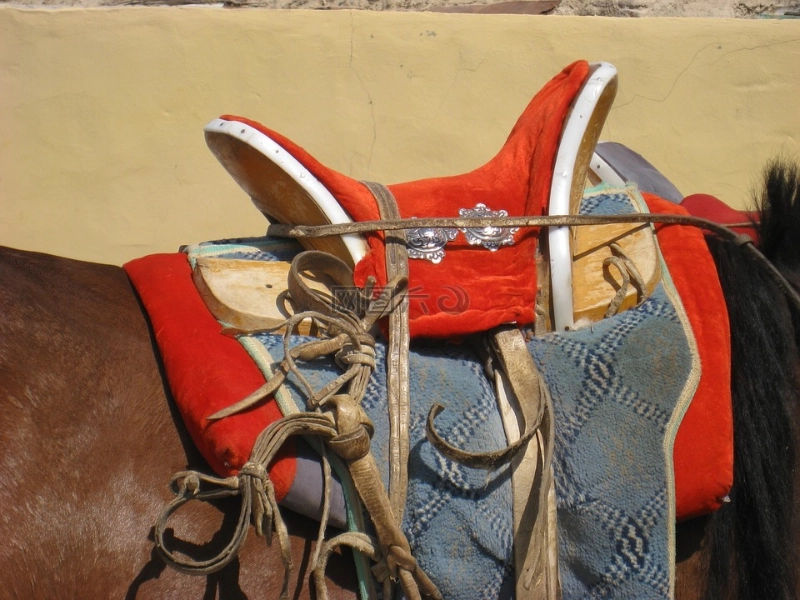 Imagine sprinting a 5K in trainers that fit too tightly for your feet, blistering and chafing every stride. When saddle fit is off, a horse's back can do to his legs, joints, and muscles?
A saddle that fits well is probably going to sit equally across the withers, hence saddle shape is important. A rider should be able to sit up straight and provide aids from a balanced, symmetrical posture. Should the saddle not be evenly balanced, asymmetry will arise from which the rider has discomfort, leading to training or performance problems for the horse as well.
Important also is the breadth of the saddletree, sometimes known as the frame. A small tree may limit shoulder movement and induce pain; a wide tree will fit a broader back with reduced withers.
Imagine sprinting a 5K in trainers that fit too tightly for your feet, blistering and chafing every stride. When saddle fit is off, a horse's back can do to his legs, joints, and muscles?
A saddle that fits well is probably going to sit equally across the withers, hence saddle shape is important. A rider should be able to sit up straight and provide aids from a balanced, symmetrical posture. Should the saddle not be evenly balanced, asymmetry will arise from which the rider has discomfort, leading to training or performance problems for the horse as well.
Important also is the breadth of the saddletree, sometimes known as the frame. A small tree may limit shoulder movement and induce pain; a wide tree will fit a broader back with reduced withers.
Resources
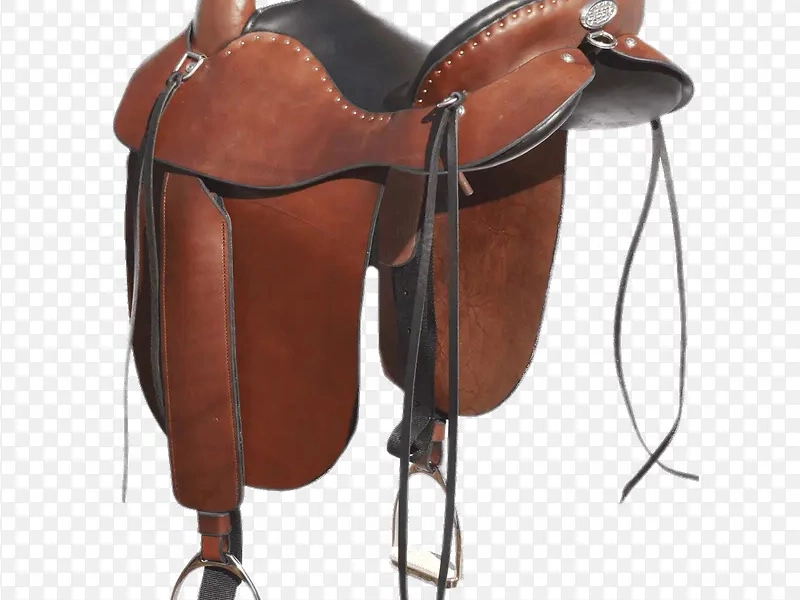 Apart from dimensions and form, the saddle's material influences its fit as well. Although some saddles are constructed of synthetic fabric, most are fashioned of leather.
A sturdy and grippy material, leather keeps the rider sitting under demanding situations. Conversely, synthetic textiles could snag on the horse's hair or be slick.
Make sure the saddle fits your horse's withers, spine, and back size and shape. Ignoring these elements will cause saddle discomfort for the rider as well as the horse. You also want to get a saddle fit for your riding technique. Riders who lean forward, for instance, would desire a softer saddle; others who ride more straight might like a stronger seat.
Apart from dimensions and form, the saddle's material influences its fit as well. Although some saddles are constructed of synthetic fabric, most are fashioned of leather.
A sturdy and grippy material, leather keeps the rider sitting under demanding situations. Conversely, synthetic textiles could snag on the horse's hair or be slick.
Make sure the saddle fits your horse's withers, spine, and back size and shape. Ignoring these elements will cause saddle discomfort for the rider as well as the horse. You also want to get a saddle fit for your riding technique. Riders who lean forward, for instance, would desire a softer saddle; others who ride more straight might like a stronger seat.
Right
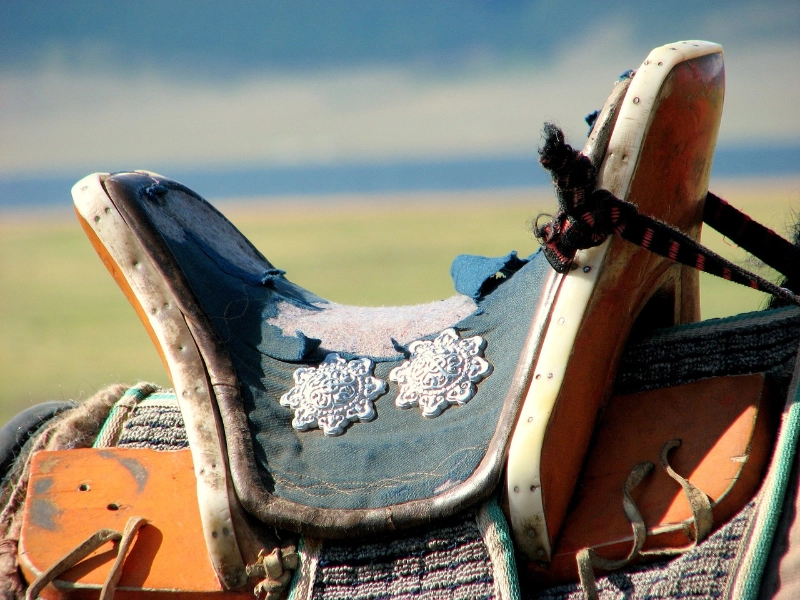 Designed to move in numerous directions, the horse is a very dynamic animal. A saddle on this work of natural engineering must work extremely hard to maintain the rider in a comfortable position. The spine and muscles may break down as a result. Many riders believe that training methods, rider age or injury, or rider attitude is the cause; often, the guilty party is a poorly fitting saddle.
Although saddles are marketed as "gender specific," the reality is that the typical male pelvis sits somewhat broader than the typical female pelvis, hence this arbitrary distinction is not actually useful in choosing a saddle. Sitting in several saddles can help you to find one that suits you comfortably.
Designed to move in numerous directions, the horse is a very dynamic animal. A saddle on this work of natural engineering must work extremely hard to maintain the rider in a comfortable position. The spine and muscles may break down as a result. Many riders believe that training methods, rider age or injury, or rider attitude is the cause; often, the guilty party is a poorly fitting saddle.
Although saddles are marketed as "gender specific," the reality is that the typical male pelvis sits somewhat broader than the typical female pelvis, hence this arbitrary distinction is not actually useful in choosing a saddle. Sitting in several saddles can help you to find one that suits you comfortably.


